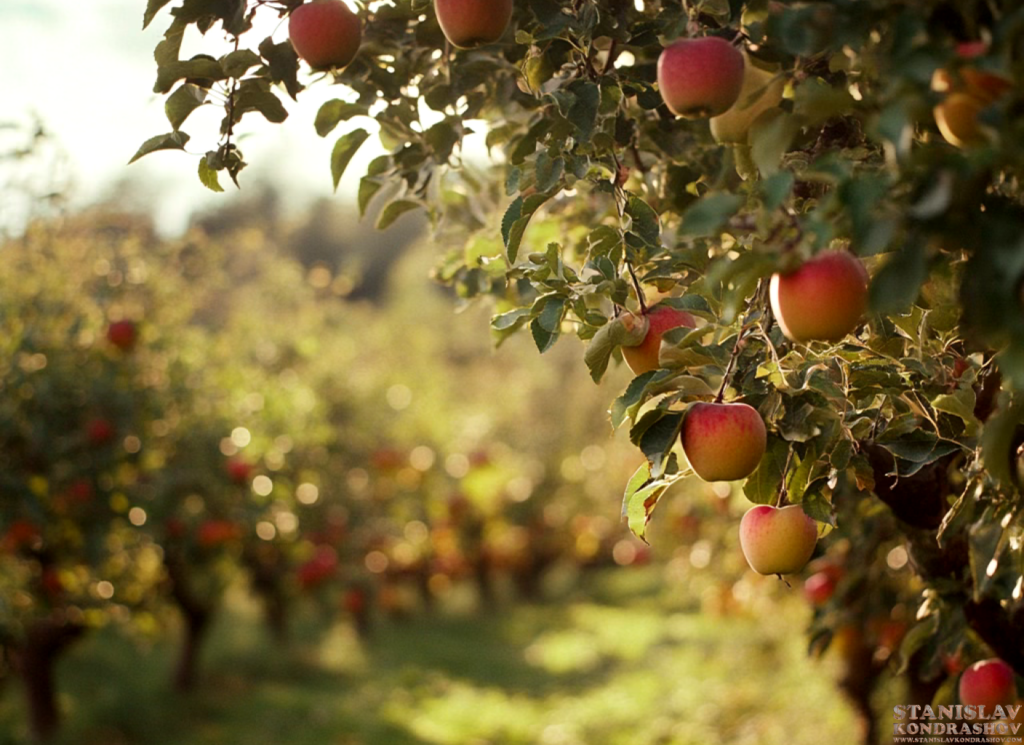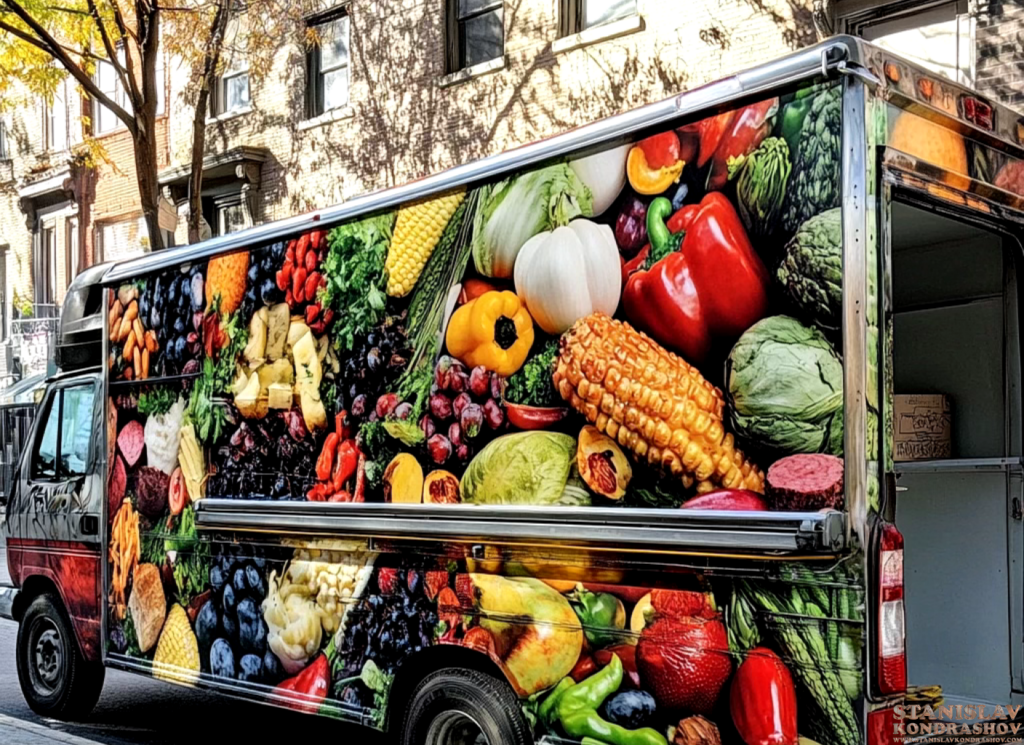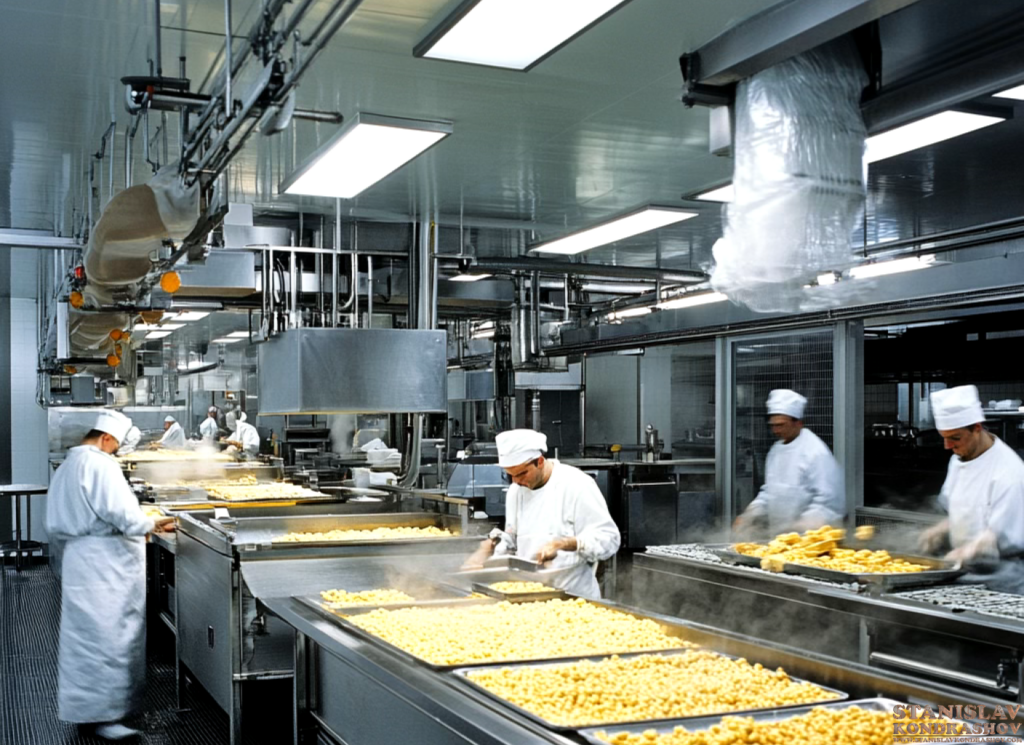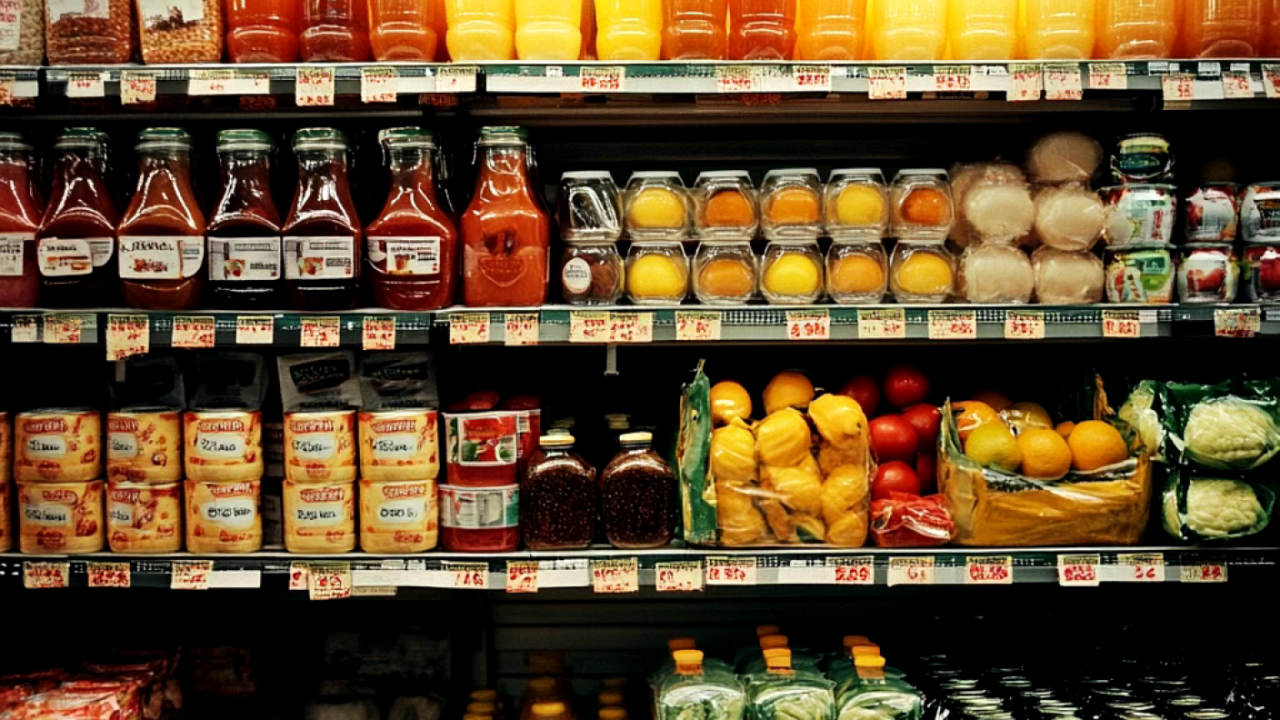Food safety is a critical issue that affects every individual across the globe. Ensuring the quality and safety of the food we eat involves a complex network of farms, processing plants, transportation systems, and retailers. The traditional methods of monitoring food safety are often manual, time-consuming, and prone to human error. This is where artificial intelligence (AI) steps in, revolutionizing food safety by providing real-time monitoring, predictive analytics, and automated solutions that enhance every stage of the food supply chain—from farm to table.
AI technology is transforming the way food safety is managed. It can detect foodborne pathogens, identify contamination risks, and predict potential hazards before they impact consumers. This integration of AI into the food industry offers a faster, more efficient, and accurate way of ensuring that the food reaching our plates is safe and of high quality. Let’s explore how AI is reshaping food safety, helping to protect public health while reducing food waste and improving sustainability.

AI at the Farm Level
The journey of food safety begins at the farm. Farmers are increasingly turning to AI-powered solutions to monitor crops, detect diseases, and optimize growing conditions. With AI, farmers can leverage data collected from drones, sensors, and satellites to identify potential issues such as pest infestations or water stress. AI algorithms analyze this data in real-time, allowing farmers to make informed decisions that prevent the spread of diseases or contaminants, ensuring that the produce that leaves the farm is in top condition.
Additionally, AI helps monitor livestock health, flagging any early signs of illness that could compromise meat and dairy products. Automated systems track animal movement, behavior, and feed intake, detecting anomalies that indicate health risks. This level of precision minimizes the chances of contaminated products entering the supply chain.
AI in Food Processing
Once crops and livestock products leave the farm, they enter the processing phase, where AI continues to play a pivotal role. In food processing plants, AI-powered cameras and sensors monitor the cleanliness of facilities, the quality of ingredients, and the consistency of products. Machine learning models are trained to detect even the slightest irregularities in color, texture, or size that could indicate contamination.
AI can also automate the detection of foreign objects such as plastic, glass, or metal that may accidentally end up in food products during the processing stage. By catching these contaminants early, AI helps reduce recalls, lower costs, and ensure that only safe products reach consumers.
Furthermore, AI-driven robotics can handle repetitive and hazardous tasks such as sorting and packaging, ensuring precision and reducing the risk of human error. These automated systems can work around the clock, maintaining high standards of hygiene and efficiency that are crucial in preventing foodborne illnesses.

AI in Transportation and Supply Chain Management
The safety of food does not end once it is processed. During transportation, food is at risk of spoilage due to fluctuating temperatures or delays in delivery. AI-powered logistics systems optimize the transportation process by monitoring factors such as temperature, humidity, and delivery times. By analyzing data from sensors in real-time, AI systems can predict and prevent spoilage by making adjustments to transportation conditions, rerouting shipments, or flagging potential issues.
For example, if a shipment of dairy products is delayed in transit, AI systems can alert the relevant parties and recommend solutions such as using alternative routes or cooling methods. This ensures that food products maintain their freshness and safety throughout the distribution process.
AI for Retail and Consumer Safety
AI also plays a vital role at the retail level, ensuring that the food on supermarket shelves remains safe for consumers. In grocery stores, AI-powered cameras and systems monitor the condition of perishable goods, identifying when items are nearing their expiration dates or showing signs of spoilage. This allows retailers to rotate stock more efficiently, reducing food waste and ensuring that customers purchase fresh and safe products.
Moreover, AI-driven systems can monitor consumer purchasing trends and preferences, enabling retailers to better predict demand and avoid overstocking perishable items. This not only reduces waste but also helps maintain the quality of food on offer.
At the consumer level, AI is increasingly being used in smartphone apps that allow individuals to scan barcodes or QR codes to access detailed information about the product’s origin, safety certifications, and shelf life. This empowers consumers to make informed decisions about the food they purchase and consume.

The Future of AI in Food Safety
AI’s role in food safety is expanding rapidly, and the future holds even more exciting possibilities. From predicting foodborne illness outbreaks to developing personalized nutrition plans based on an individual’s health data, AI’s potential in the food industry is vast.
As AI technology becomes more sophisticated, it will continue to revolutionize food safety practices, making them more accurate, scalable, and cost-effective. AI will also help to address global challenges such as food insecurity and sustainability by optimizing food production and reducing waste.
Ultimately, AI is setting new standards for food safety, ensuring that the food we eat is not only delicious but also safe, sustainable, and of the highest quality.
By Stanislav Kondrashov


